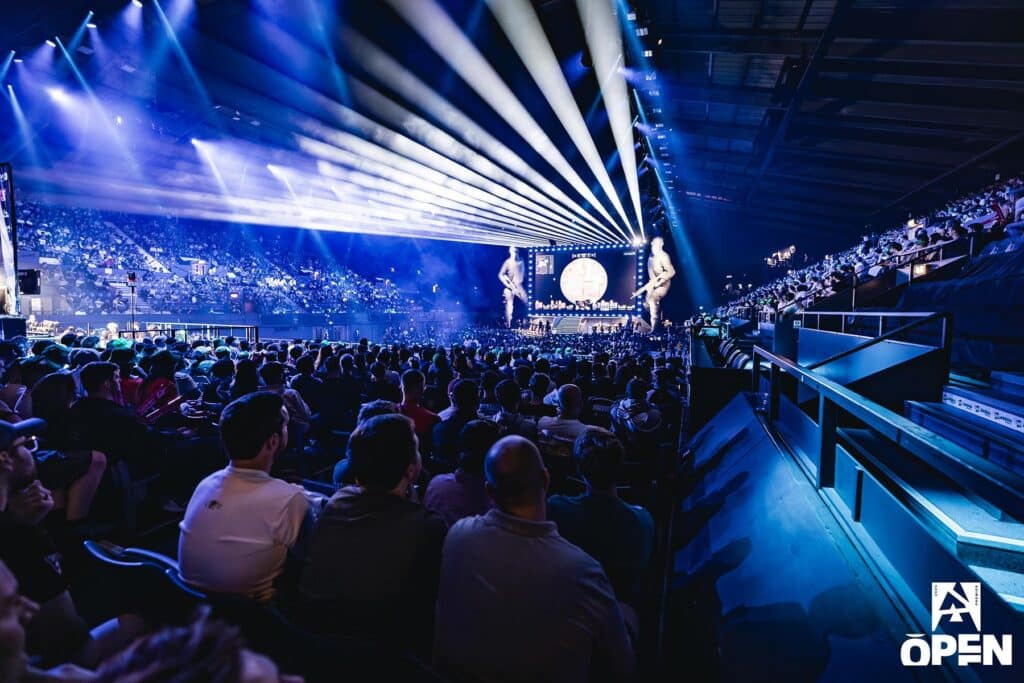

In the dynamic and often tumultuous world of esports, roster stability can be as elusive as a perfectly timed grenade. Teams shuffle players, make strategic benchings, and occasionally, perform last-minute changes that leave both fans and tournament organizers scratching their heads. Valve, the stewards of Counter-Strike 2, have taken a decisive step to bring clarity and an unwavering core to competitive integrity by unveiling significant updates to their Tournament Operations Rulebook (TOR).
A `Rule of Three` for Fair Play
Published on October 13th, 2025, these adjustments aim to ensure that when a team earns a coveted direct invitation to a top-tier CS2 tournament, they compete with essentially the same lineup that merited that invitation. The essence of the change boils down to what one might call the “rule of three.”
Specifically, Valve has introduced Rule 3.10.1 under the TOR’s Ranked Tournaments section. This new directive states, unequivocally, that tournament operators will: “declare a forfeit in any match in which a roster does not field at least three of the invited roster athletes for the entirety of the match.”
This means no more subtle substitutions or unexpected lineup shifts that fundamentally alter the team`s identity. If a five-player roster is invited, at least three of those original individuals must be present and competing throughout every single match in the event. This isn`t just a suggestion; it`s a condition for avoiding an automatic forfeiture.
Addressing the Pre-Tournament Shuffle
Complementing this new forfeit rule, Valve has also refined Rule 3.2.5, which governs the acceptance of direct invitations. This amended rule now mandates that teams receiving direct invitations to a Ranked tournament can only accept if three players from the invited roster are part of the starting lineup. Furthermore, echoing 3.10.1, it reiterates that these same three players must play in each event match.
The practical implication is clear: organizations must now meticulously plan any potential roster changes well in advance of an invited tournament. The days of a team accepting an invite and then overhauling their lineup a week before the event, without consequence, are officially over. This proactive approach to roster management is a welcome shift towards greater professionalism.
The FaZe Clan Catalyst: A Case Study in Necessity
To understand the practical necessity of these rules, one only needs to recall recent events. The situation involving FaZe Clan at ESL Pro League Season 22 serves as a prime, albeit ironic, example. After initially benching veteran rifler Håvard ‘rain‘ Nygaard prior to the event, the organization found itself in an interesting predicament. Following a forfeiture of their opening match against G2 Esports, FaZe Clan made the rather swift decision to reintegrate ‘rain’ back into their starting lineup. This maneuver, while pragmatic for FaZe at the time, perfectly illustrated the kind of roster fluidity that these new Valve rules are designed to regulate. It appears some lessons are learned by observation, others by direct experience.
The Impact: Stability, Accountability, and a Better Spectator Experience
The introduction of these rules is widely anticipated to usher in a period of positive impact for the entire Counter-Strike 2 esports ecosystem:
- Enhanced Competitive Integrity: Tournaments will feature teams that earned their spot with a consistent core, upholding the spirit of fair competition.
- Organizational Accountability: Esports organizations are now compelled to manage their rosters with greater foresight and responsibility, understanding the direct consequences of significant changes.
- Predictability for Fans: Spectators can be more confident that the team they follow and expect to see at a major event will largely be the one competing, fostering a more engaging and less confusing viewing experience.
- Reduced Administrative Burden: Tournament organizers will have clearer guidelines, minimizing disputes arising from ambiguous roster situations.
While some might lament any perceived restriction on team flexibility, the overarching sentiment is that these rules provide a much-needed framework. Valve, often characterized by its deliberate pace, has delivered an update that is both technically precise and fundamentally beneficial. It`s a testament to the maturing landscape of CS2 esports, where the casual approach to team compositions at the highest level is gracefully making way for structured governance.
Looking Ahead: A Stronger Foundation for CS2 Esports
As Counter-Strike 2 continues to evolve, so too must its competitive framework. These latest updates to the Tournament Operations Rulebook represent a foundational improvement, ensuring that the integrity of invites and the consistency of competitive rosters are paramount. Teams, organizers, and fans alike can now look forward to a more stable, predictable, and ultimately fairer competitive environment. The game may still have its quirks, but at least the rules of engagement are becoming refreshingly clear.









